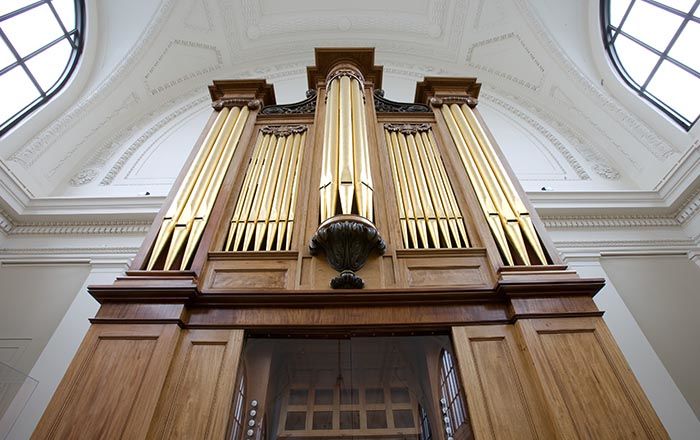English Horn in F
Andrea Fornari Italian
Not on view
A tenor oboe with a bulb-shaped bell. The English horn has a bent, angular, and-since the middle of the nineteenth century-straight form. The bulb bell emerged in straight tenors around 1700, the sickle shape around 1720, while the angular form came into fashion after the middle of the eighteenth century. The name, rather than indicating an English origin, derived from words meaning "angelically sounding" and "angularly shaped horn." The angular variants on display appear to have been mostly used for Italian operas. Since the mid-1800s the English horn came into wider use; composers usually employed it to express melancholic feelings.
This image cannot be enlarged, viewed at full screen, or downloaded.
This artwork is meant to be viewed from right to left. Scroll left to view more.



